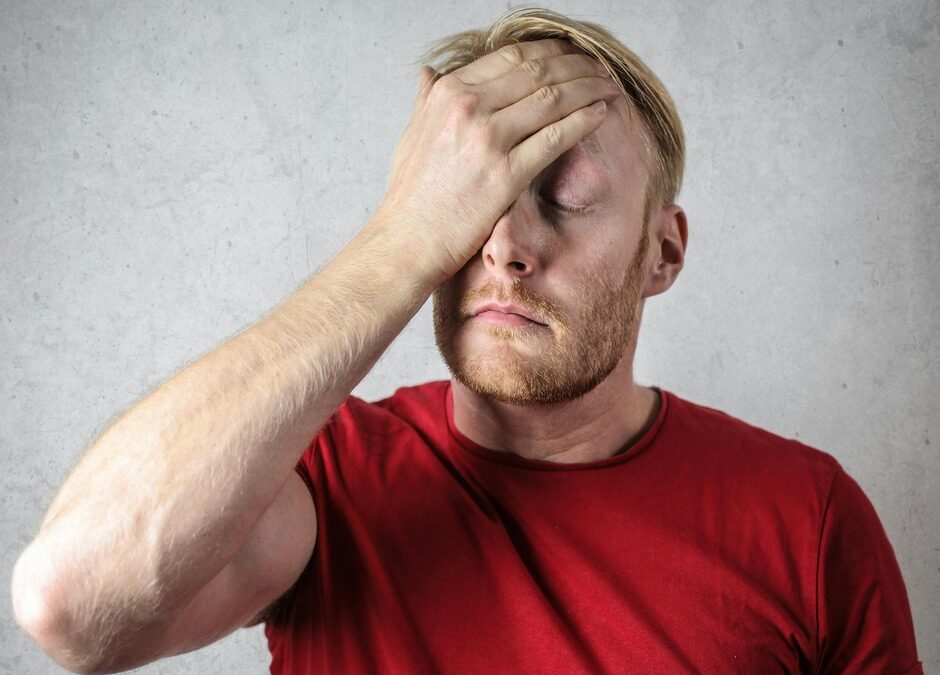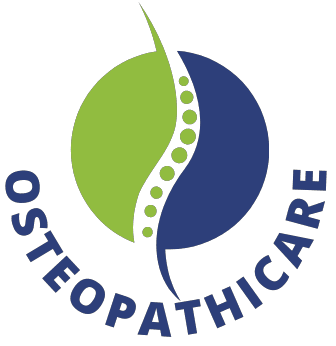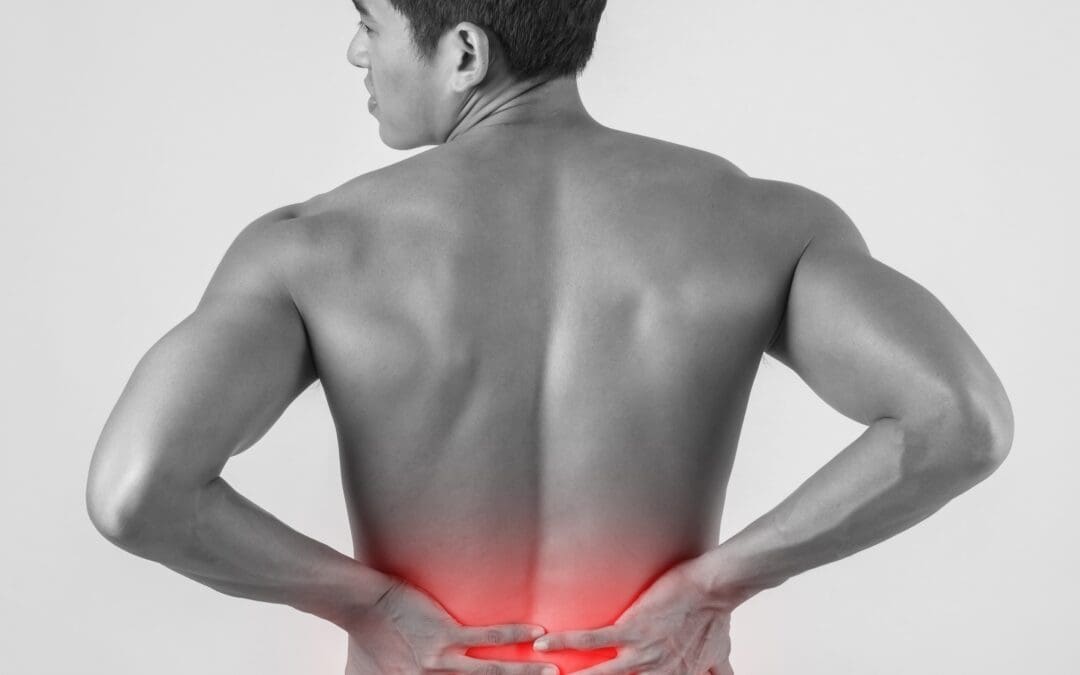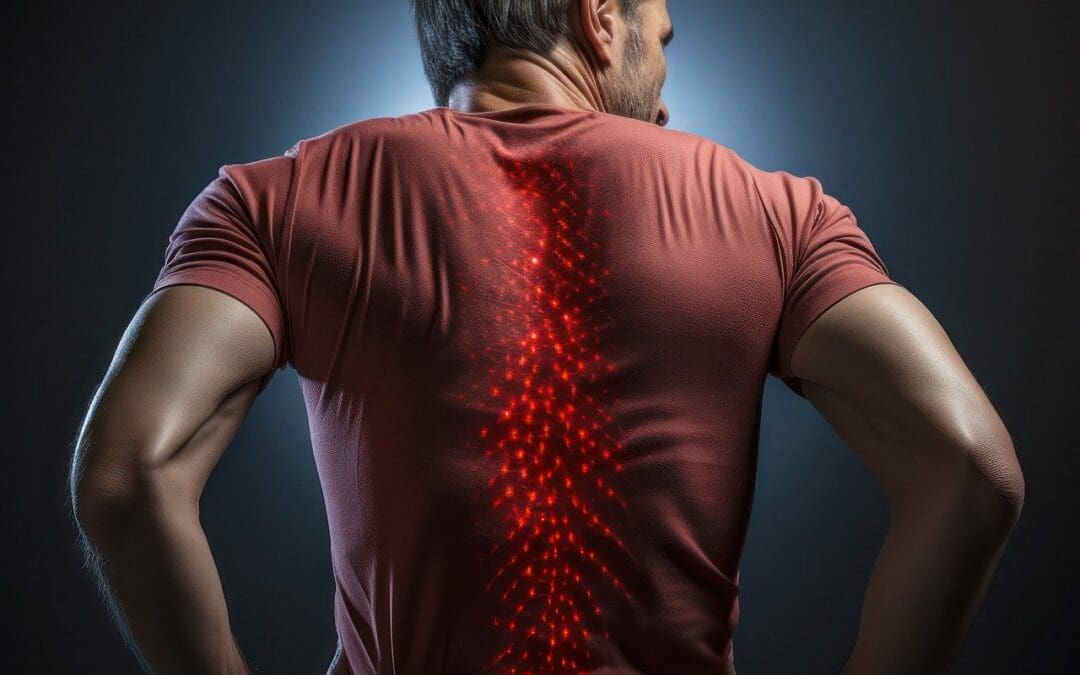
Headaches and Migraines
What Are Headaches and Migraines?
Headaches and migraines are both common conditions that can significantly impact your daily life. Understanding these conditions and how osteopathy can help is the first step toward finding effective relief.
Headaches
Headaches involve head, scalp, or neck pain and can vary in intensity and duration. The main types of headaches include:
• Tension-Type Headaches: Often described as a constant, dull ache or pressure around the head. It is commonly linked to stress, poor posture, or muscle tension in the neck and shoulders.
• Cluster Headaches: Severe, recurrent headaches typically occurring on one side of the head, often around the eye. They tend to occur in clusters or cycles.
• Sinus Headaches: Pain and pressure in the forehead, cheeks, and around the eyes due to sinus inflammation or infection.
Migraines
Migraines are more intense and can be debilitating. They are characterized by:
• Throbbing or Pulsating Pain: Usually on one side of the head, though it can occur on both sides.
• Associated Symptoms: Nausea, vomiting, and heightened sensitivity to light, sound, or smells.
• Aura: Some individuals experience visual disturbances or other sensory symptoms before the onset of a migraine.
Causes and Triggers
Understanding the causes and triggers of headaches and migraines can help in managing and preventing them:
• Stress: Emotional and physical stress is a significant trigger for both tension-type headaches and migraines. It can lead to muscle tension and exacerbate pain.
• Diet: Certain foods and beverages, including caffeine, alcohol, aged cheeses, and processed foods, can provoke headaches. Food sensitivities or allergies may also play a role.
• Sleep Patterns: Irregular sleep, poor-quality sleep, or sleep disorders can contribute to headache frequency and severity.
• Environmental Factors: Changes in weather, exposure to bright lights, strong odors, or loud noises can trigger migraines.
• Hormonal Changes: Hormonal fluctuations, especially related to menstruation, pregnancy, or menopause, can influence migraine patterns.
How Osteopathy Can Help
Osteopathy offers a holistic and effective approach to managing headaches and migraines. At Osteopathicare, our osteopathic treatments focus on the following:
Osteopathic Techniques
. Spinal Realignment:
Misalignments in the spine can affect nerve function and contribute to headache pain. We use gentle spinal adjustments to correct these misalignments, aiming to restore proper alignment and reduce nerve irritation.
. Muscle and Joint Manipulation:
Tension in the muscles and joints, particularly in the neck and shoulders, can trigger or exacerbate headaches. Our techniques target these areas to relieve muscle tension, improve joint mobility, and alleviate associated pain.
. Improved Circulation:
Osteopathic treatments enhance blood flow to the head and neck region, which can help reduce pain and support the body’s natural healing processes.
. Nerve Pressure Relief:
By addressing spinal misalignments and muscle tension, we aim to reduce pressure on nerves that can contribute to migraines and other headache types.
. Holistic Assessment:
We take a comprehensive approach, considering factors such as posture, lifestyle, and overall health to tailor treatments that address the root causes of your headaches or migraines.




